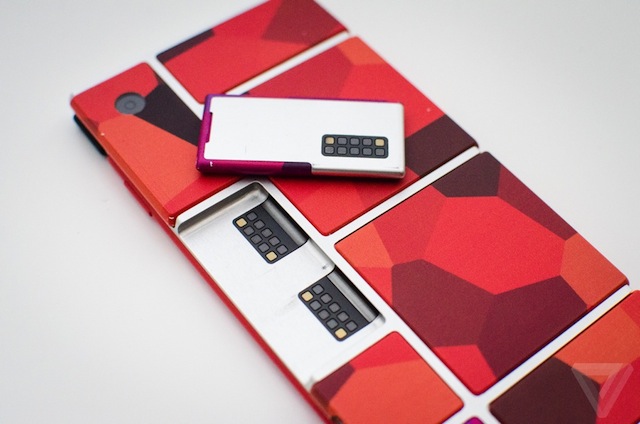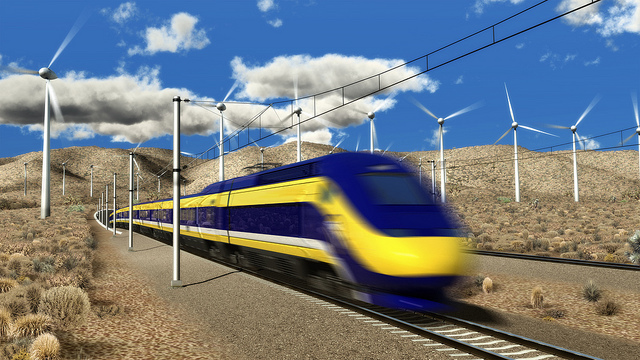It’s early in 2015 but year shaping up as being one where beacon technologies start rolling out in meaningful numbers as Facebook joins the rush.
Beacons are, as name suggests, small radio devices that signal their location to smartphones and wearable computers. If someone has the right software on their system, the beacon can alert them about anything from shopping offers to the presence of hazardous material.
The biggest potential market for beacons currently is the retail sector along with stadiums and concert venues although the industrial aspects shouldn’t be underestimated. Along with sports stadiums some of the more enthusiastic early adopters have been mall owners and local shopping strips as they see the opportunity of delivering more value to customers.
A question facing retailers and shopping centre owners is whether we’ll see competing networks of beacons being deployed as Facebook, PayPal, Apple and dozens of other companies rollout their own technologies. We may end up with a situation where businesses get sick of being nagged to install multiple devices for their shops or workplaces.
There’s also the problem of crosstalk as the different beacons interfere with each other. In places like shopping malls multiple transmitters could prove confusing for even the smartest smartphone.
Again we’re seeing how silos are developing across the Internet of Things sector as vendors release products tied up in their own proprietary standards.
As the cost of beacons has come down – many are available for under a dollar – the ability of vendors to offer networks has increased dramatically, over this year we can expect all the big players to release their own systems in attempt to control a slice of the market.
For beacons to really succeed in the marketplace it’s going to be necessary for vendors to agree on common standards. If we end up with a rag-tag collection of competing networks, then the promise of the technology will surely be lost.





